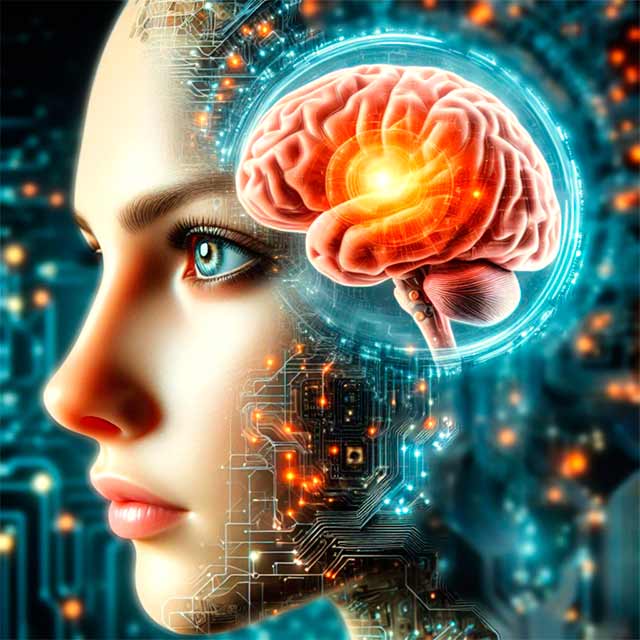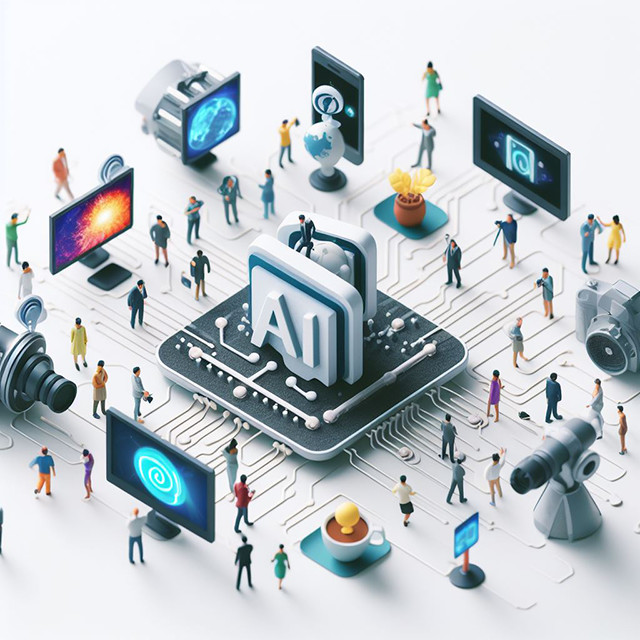Augmented Intelligence: A Giant Leap Towards Human-Machine Harmony

Augmented Intelligence: A Giant Leap Towards Human-Machine Harmony Artificial intelligence (AI) stands at the precipice of a transformative shift, moving beyond the aspiration of autonomous intelligence to embrace a collaborative paradigm known as augmented intelligence (AI). This groundbreaking approach eschews the notion of AI replacing human capabilities, instead recognizing the inherent strengths of both humans and machines and harnessing them together to achieve extraordinary outcomes. Capturing the Essence of Augmented Intelligence Augmented intelligence is not merely a technological advancement; it represents a fundamental shift in our conceptualization of AI's role in society. It advocates for a harmonious partnership between humans and machines, where AI serves as an invaluable tool to augment and amplify human capabilities, enabling us to achieve feats that were once unimaginable. At the heart of augmented intelligence lies the recognition that humans and m...







